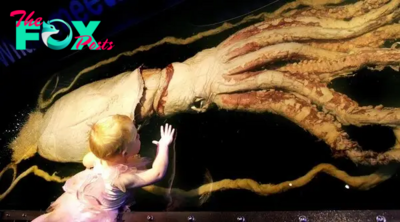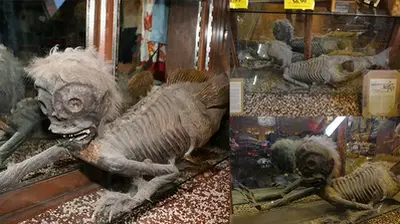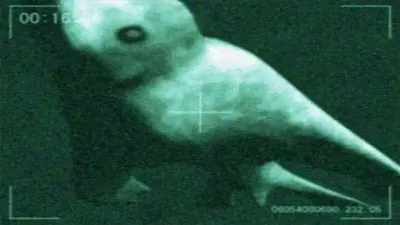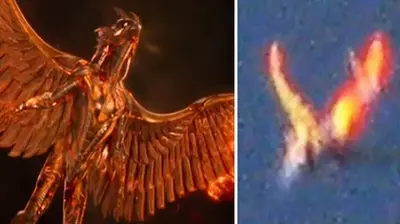Weird Animals
Scientists Discover An All-New Dinosaur Species In Argentina – Roamed the Earth 140 million years ago
-

 Weird Animals42m ago
Weird Animals42m ago.Captivating Encounters: Majestic Ocean Giants Display Mesmerizing Feeding Behaviors Along Alaska’s Coastline in Spellbinding Scenes!..D
-

 Weird Animals42m ago
Weird Animals42m ago.Heartwarming Tale: Dolphin’s 50km Journey to Thank Rescuer with a Sweet Kiss, Honoring an Incredible Interspecies Bond!..D
-

 Weird Animals7h ago
Weird Animals7h ago.Giant Encounter: 22-Foot Alligator Halts American Driver, Requests Unusual Meal, Leaves Spectators Astounded!..D
-

 Weird Animals15h ago
Weird Animals15h ago.Unveiling the Legend: The Quest for the Mythical Giant – A Journey into Man’s Pursuit of the 9-Meter, 4-Ton Behemoth..D
-

 Weird Animals21h ago
Weird Animals21h ago.Enchanting Encounter: Massive Circular Albino Fish Over 22 Feet Charms Diver with Friendly Salute in Deep Ocean, Ignites Online Buzz!..D
-

 Weird Animals1d ago
Weird Animals1d agodung..Unprecedented Encounter: Mesmerizing 900-Pound Giant Squid Captivates Worldwide Audience in Spectacular Underwater Display!..D
-

 Weird Animals1d ago
Weird Animals1d ago.Unbelievable Sight: Swimmer Captures Encounter with Poisonous Ocean Creature Attaching to Back During Swim! (Video)..D
-

 Weird Animals1w ago
Weird Animals1w ago.Touching Reunion: Gray Bear Embraces Woman in North American Woods After 5-Year Separation, Demonstrating Unwavering Connection!..D





























